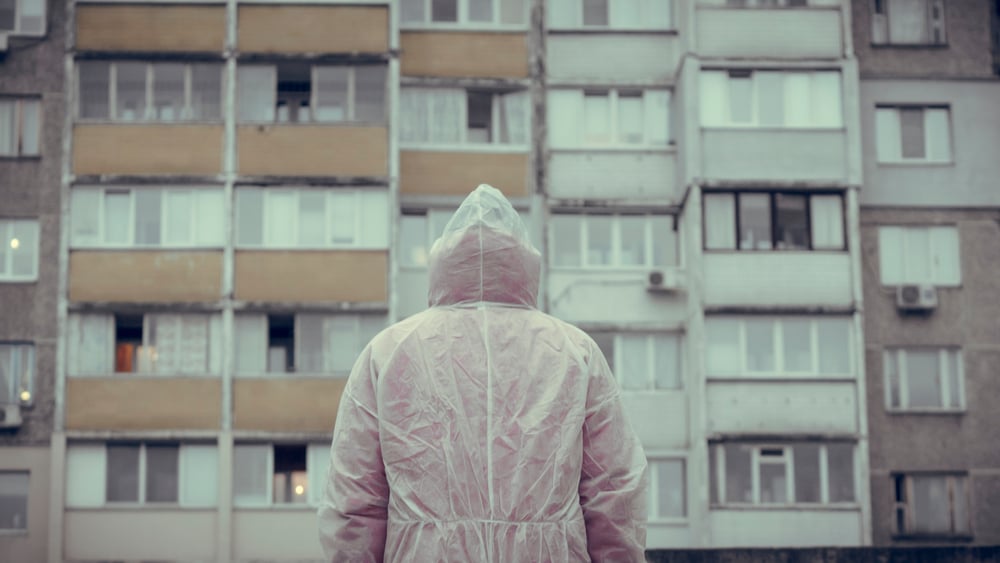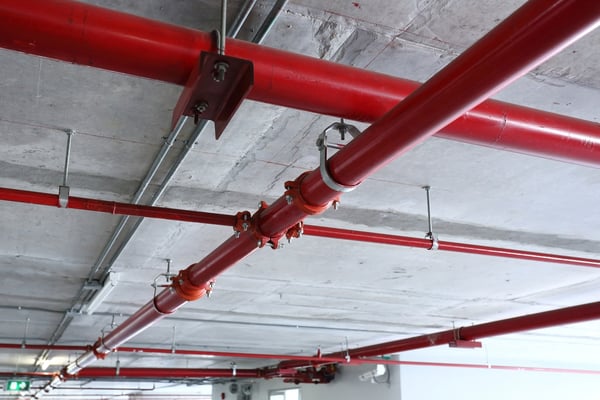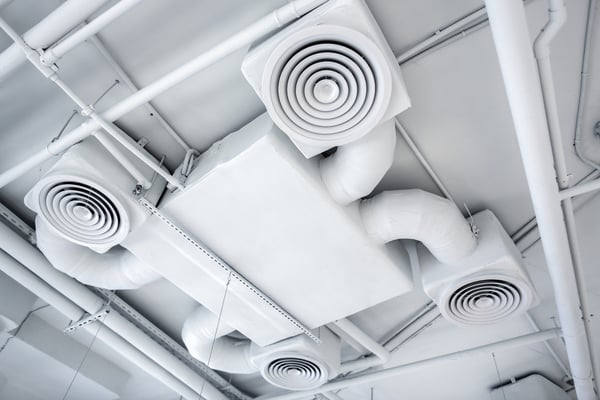Reopening a Building? Make Sure You Eliminate These Hazards First

Due to the government lockdowns in response to the COVID-19 pandemic, many buildings have remained empty or nearly empty for several months. There should be no issues if a building has received regular inspections and maintenance, but otherwise, there could be hazards that threaten occupants when reopening. In particular, building owners must ensure that fire protection systems work properly and that water systems are free of Legionella.
When building systems malfunction, they normally cause inconvenience and disruption. However, some systems have zero margin of error, and the consequences of a malfunction can be severe. For example, fire protection systems must warn occupants and extinguish fire as soon as possible.
Make sure your building is safe before reopening.
Performance issues are more likely in a building that has remained closed and without optimal maintenance. Some examples of minor issues are mechanical jamming and rust, which cause unplanned expenses and disruption. However, building owners must make sure there are no hazards that threaten occupants.
Are Your Fire Protection Systems Working Properly?

A fast response is key in all fire protection systems. A fire alarm that activates too late takes away valuable seconds from occupants trying to evacuate, and a sprinkler system that does not respond may allow flames to spread beyond control. Even smoke is dangerous, especially when allowed to accumulate since it has a suffocating effect.
Fire protection systems are composed of many electrical and mechanical components, and these must be kept in good working conditions to ensure reliable operation. Before reopening a building, the owner should get a professional inspection of fire protection systems.
A fire protection issue can have severe consequences since it stays undetected until there is an emergency. If a building has stayed closed for months and with little maintenance, there is a higher chance that a fire protection element may have deteriorated. Waiting for a fire to find out there is a malfunction is unacceptable; building owners should check their installations before reopening.
Are Your Water Systems Free of Legionella?

The Legionella bacteria causes a type of pneumonia called Legionnaires disease, which has a fatality rate of around 10%. For comparison, some experts believe the fatality rate of COVID-19 is less than 1%, if you consider cases with minor symptoms and asymptomatic cases. Legionnaires’ disease is acquired by inhaling droplets of the bacteria, but fortunately, there have been no reports of transmission between persons.
Legionella tends to grow in stagnant water, especially if warm. Any building system with water can be affected, and this includes cooling towers and hydronic piping. The best recommendation is to keep water in circulation and heat it to a temperature of at least 140°F. Ultraviolet germicidal irradiation (UVGI) can also eliminate Legionella.
Early in August, the Centers for Disease Control and Prevention had to close several office spaces in Atlanta after detecting Legionella. Thanks to quick action, no employees were exposed to the bacteria. Due to the high fatality rate of Legionnaires’ disease, building owners cannot afford to expose their occupants to the bacteria.
Ensuring Adequate Ventilation When Reopening Buildings

A ventilation malfunction causes discomfort, and there is a negative effect on indoor air quality if the issue is not fixed quickly. However, during the COVID-19 pandemic and its aftermath, ventilation will have an even more important role in buildings. When ventilation is not enough, higher concentrations of viral particles can accumulate in the air, increasing the risk of infection.
ASHRAE recommends increasing the outdoor air supply, up to 100% and without indoor air recirculation if possible. They also recommend upgrading all air filters to at least a MERV 13 rating. Therefore, a ventilation system that was suitable before the coronavirus outbreak may be lacking under the new recommendations.
A professional assessment of the ventilation system is strongly advised before reopening a building. There is evidence that the new coronavirus can stay airborne for hours, exposing occupants even after an infected person has left the building. The ventilation system must not allow the accumulation of viral particles while using a filter that is fine enough to capture them. UGVI is also recommended since it can inactivate viruses by destroying their DNA.
Conclusion
When a building reopens after an extended period, three main threats must be ruled out: fire protection system malfunctions, the presence of Legionella in water systems, and lack of ventilation. All building systems should be inspected before reopening to ensure performance, but these three aspects are critical for health and safety.
A professional MEP engineering firm can inspect your installations and detect any potential issues, including those that create safety hazards when reopening a building. COVID-19 is not the only threat - Legionella bacteria are even more dangerous, and fire protection components may fail to respond properly.

Anuj Srivastava
Anuj Srivastava is a principal partner at NY Engineers. He is known for his MEP franchise market knowledge. Anuj is currently leading a team of 100+ MEP/FP engineers and has successfully led over 1500 franchise projects in the US.
Join 15,000+ Fellow Architects and Contractors
Get expert engineering tips straight to your inbox. Subscribe to the NY Engineers Blog below.



